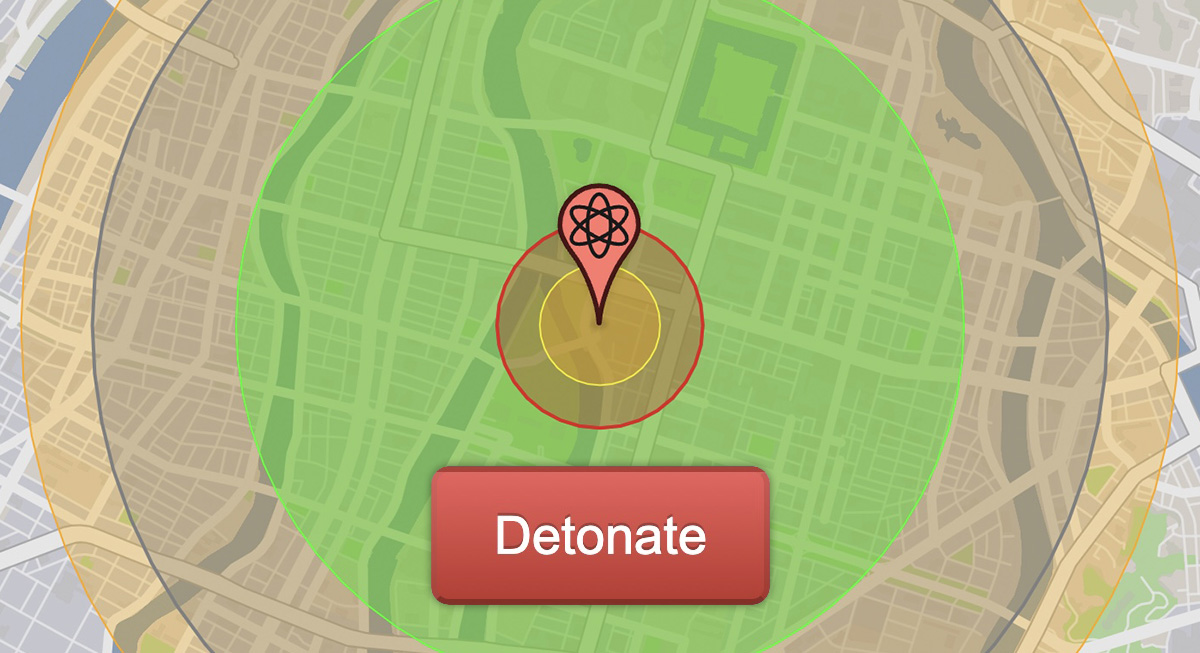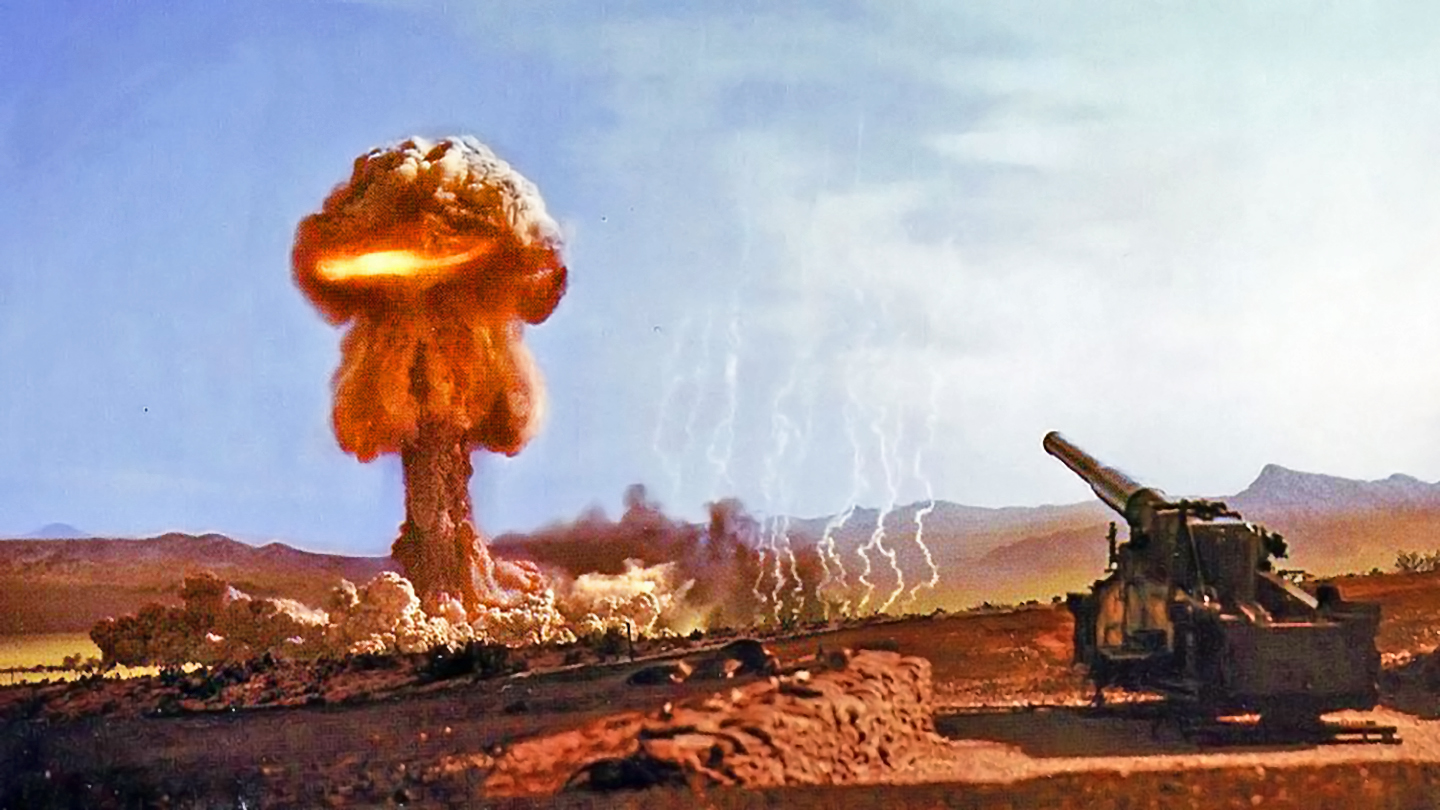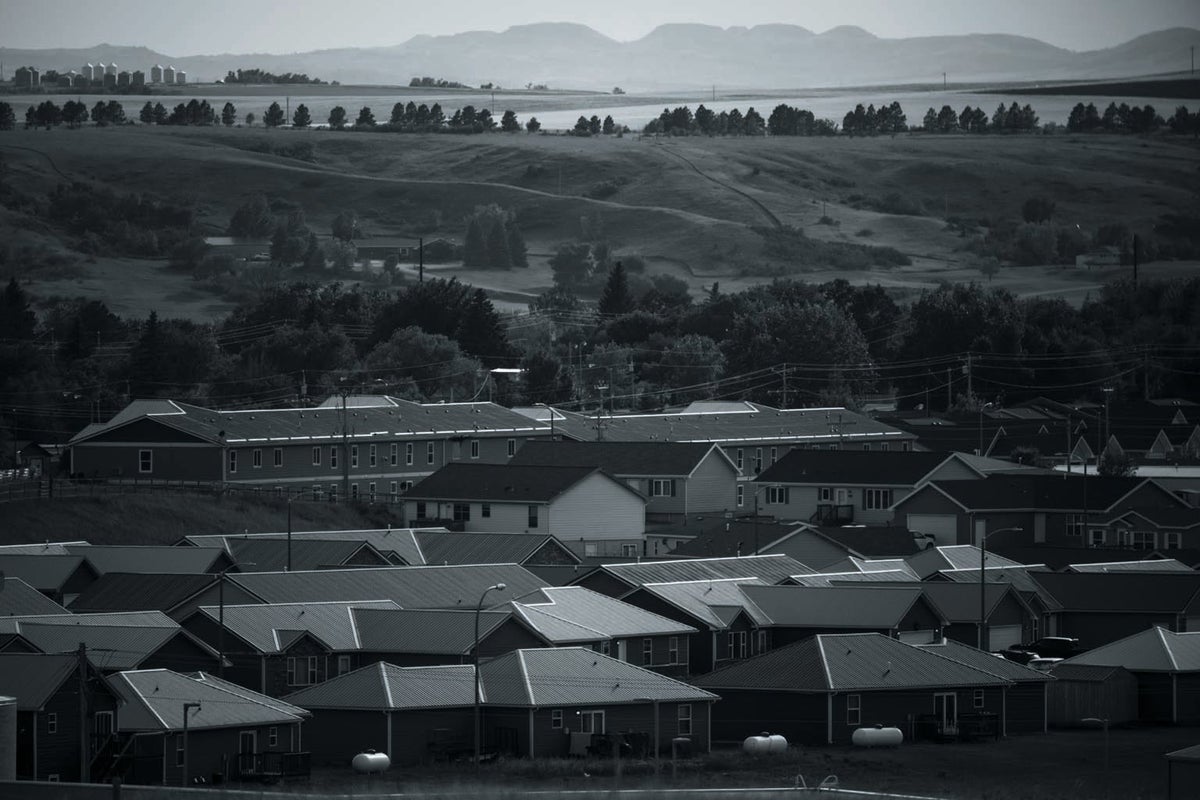I know we have several related threads, but I thought it might be useful to have one thread dedicated to the various effects of nuclear explosions. I also have a couple of specific questions re said that I'm hoping someone has the expertise to answer for me.
Which would be more effective against an oil refinery, a ground strike or airburst
(Guessing air burst)
Which would be more effective against oil wells, a ground strike or airburst (Guessing ground strike)
It's been shared before, in several threads, I believe, but I think it's worth sharing the famous nukemap simulator again.
Also, here's a really interesting piece about recovery time after a nuclear disaster. The parts on the rebuilding of Hiroshima and Nagasaki, I think, are particularly useful to the T2k ref:
-
Which would be more effective against an oil refinery, a ground strike or airburst
(Guessing air burst)
Which would be more effective against oil wells, a ground strike or airburst (Guessing ground strike)
It's been shared before, in several threads, I believe, but I think it's worth sharing the famous nukemap simulator again.
Also, here's a really interesting piece about recovery time after a nuclear disaster. The parts on the rebuilding of Hiroshima and Nagasaki, I think, are particularly useful to the T2k ref:
-







Comment